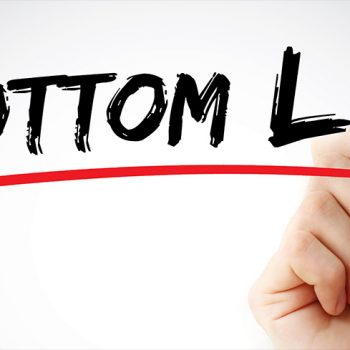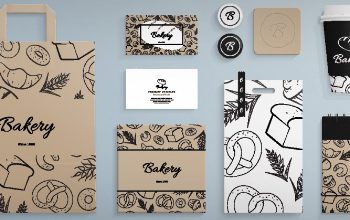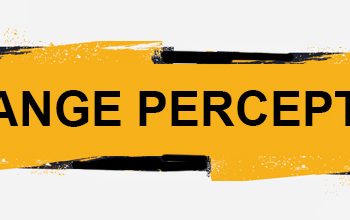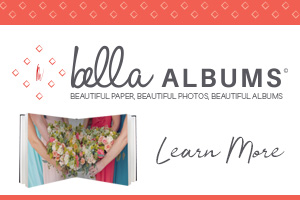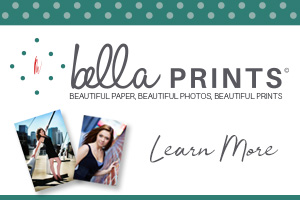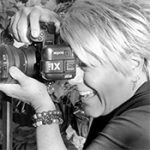Intro by Skip Cohen
Beverly Walden regularly shares terrific content in her “Tuesday Tidbits” series. The post below was her last for 2019, and it’s perfect for getting you thinking about starting the new year out right!
The issue is pricing strategy, and now is the time when so many of you are thinking about your pricelist for 2020.
Remember, you always want to start with your most expensive products and services and then work down. If you’ve ever bought a new car – the salesman never started out showing you the strip down version but instead started at the top. When you finally got what you wanted, you then had to decide what options you wanted to add back in.
Well, photography is no different. For example, it’s always recommended that wedding photographers have at least three price-points for coverage. The top of the line represents everything offered – extended coverage, multiple albums, etc. The middle cuts back on those items and the low end is completely stripped down.
Consumers will always strive to move up the ladder, and while your goal is the deluxe package, most photographers shoot for something in between the most expensive and the next step down.
It’s essential to keep one thing in mind – it’s your responsibility to educate your client on why you’re worth it! You need to be demonstrating a great attitude, show stunning products, and, most important of all, work to build a relationship with your client.
By Beverly Walden
Imagine this scenario:
Entering one of my favorite retail stores, I spy an amazing handbag! Priced at $350.00, I pass on by as it is a little rich for my wallet today, but as I walk by, I see another handbag almost as beautiful and priced at $50.00.
And yes, you guessed it! I snapped up that $50.00 handbag. Funny thing is, I wasn’t even planning on purchasing anything at all.
What just happened is what retailers have known for ages to attract buyers and create a sale…they just used the “principle of comparison,” putting expensive things next to the inexpensive things that they really want to sell. They don’t even expect to sell the expensive item; it is simply there for COMPARISON and to make all of the other items more appealing!
The way we judge pretty much anything is in comparison with something else.
We use this principle when designing our pricing schedules, making sure to put our higher-priced items on the top followed by less expensive items. Our top priced items are our paintings and by simply putting them at the top of our price schedule, the Color Studies or Museum Black and White portraits suddenly become much more “reasonable.”
We also use this principle in the selection appointment, starting the sale with the largest image size or the most expensive item we are suggesting while working our way down to the smaller, less expensive images.
We use the philosophy of “three decisions” in the sale which follows the comparison principle. The first decision is the main purchase, then we move to the second decision which is peripheral products and we finish the sale with the “gift” purchases, the least expensive.
This also applies to add-on sales. For example, when you buy an expensive car, the optional extras seem very cheap in comparison.
When clients have purchased one of our Signature canvasses or Museum Black and White portraits, adding on gift prints or framing seems like a lot less in comparison…it’s the comparison principle working for us.
By understanding and putting into practice this principle, we can leverage our way to higher sales and a better bottom line.

